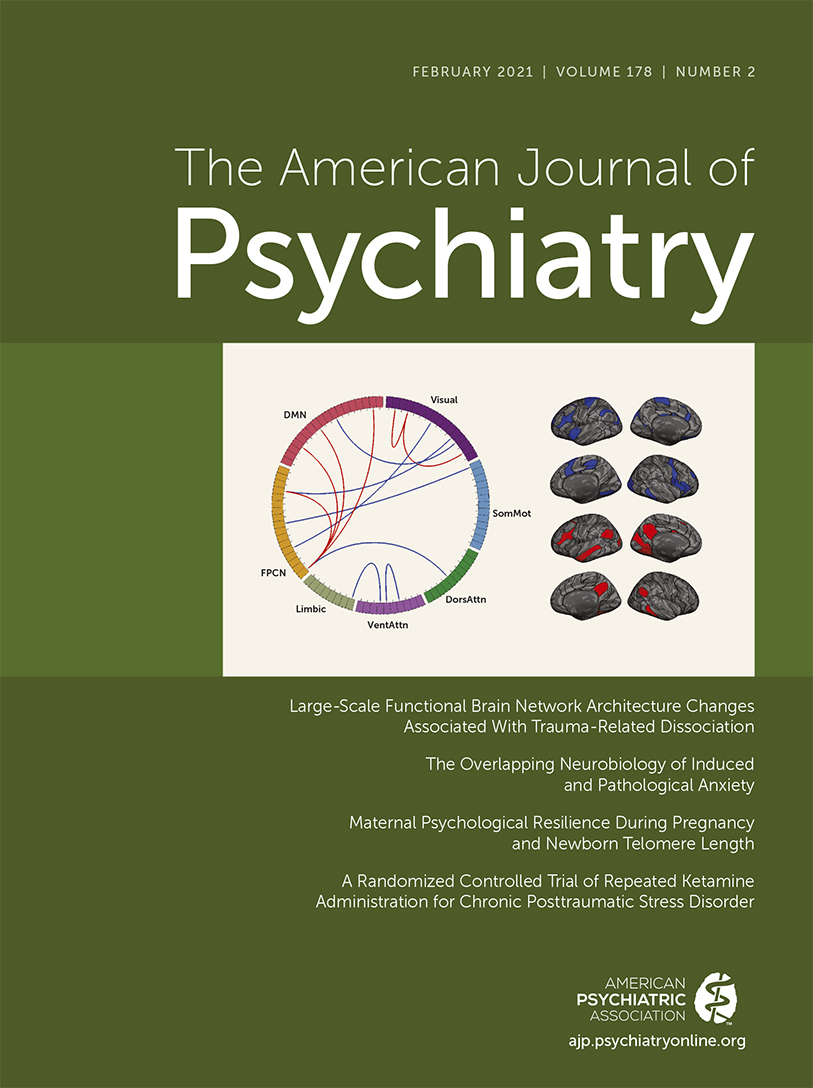The Overlapping Neurobiology of Induced and Pathological Anxiety: A Meta-Analysis of Functional Neural Activation
Abstract
Objective:
Although anxiety can be an adaptive response to unpredictable threats, pathological anxiety disorders occur when symptoms adversely affect daily life. Whether or not adaptive and pathological anxiety share mechanisms remains unknown, but if they do, induced (adaptive) anxiety could be used as an intermediate translational model of pathological anxiety to improve drug development pipelines. The authors therefore compared meta-analyses of functional neuroimaging studies of induced and pathological anxiety.
Methods:
A systematic search of the PubMed database was conducted in June 2019 for whole-brain functional MRI articles. Eligible articles contrasted either anxious patients to control subjects or an unpredictable-threat condition to a safe condition in healthy participants. Five anxiety disorders were included: posttraumatic stress disorder, social anxiety disorder, generalized anxiety disorder, panic disorder, and specific phobia. A total of 3,433 records were identified, 181 articles met selection criteria, and the largest subset of task type was emotional (N=138). Seed-based d-mapping software was used for all analyses.
Results:
Induced anxiety (N=693 participants) and pathological anxiety (N=2,554 patients and 2,348 control subjects) both showed increased activation in the left and right insula (coordinates, 44, 14, −14 and −38, 20, −8; k=2,102 and k=1,305, respectively) and cingulate cortex/medial prefrontal cortex (−12, −8, 68; k=2,217). When the analyses were split by disorder, specific phobia appeared the most, and generalized anxiety disorder the least, similar to induced anxiety.
Conclusions:
This meta-analysis indicates a consistent pattern of activation across induced and pathological anxiety, supporting the proposition that some neurobiological mechanisms overlap and that the former may be used as a model for the latter. Induced anxiety might nevertheless be a better model for some anxiety disorders than others.



